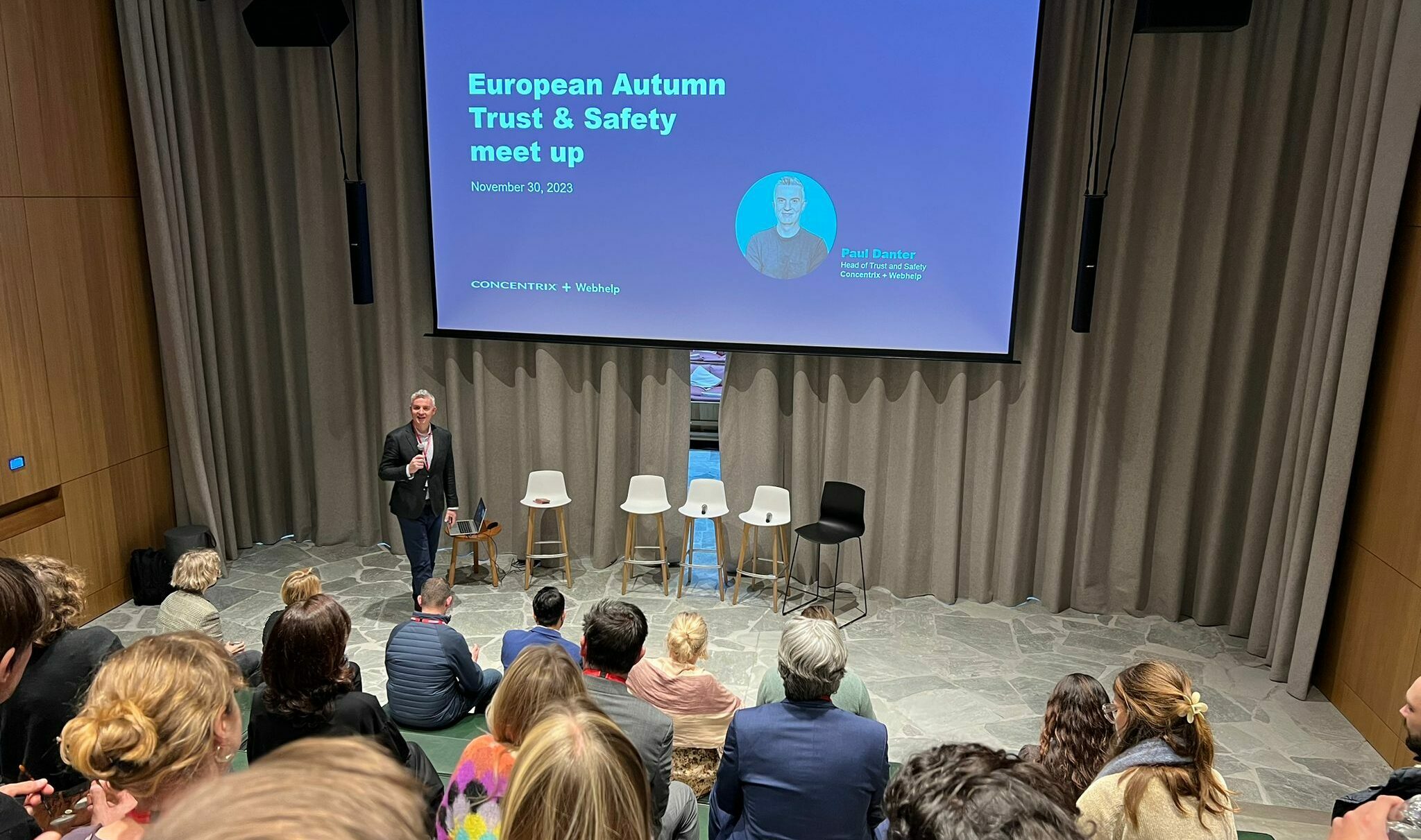While the idea of a multi-channel consumer experience has been on UK retailers’ radars for some time, news from a sector giant this week has thrust it into the fore.
Marks and Spencer’s reported this week that multichannel sales were up by 22.8% over the past year. Over half (55%) of all online purchases had an in-store element, with goods being ordered in-store for home delivery or ordered online for in-store collection.
This should come as little surprise, especially when you consider online sales of non-food products in the UK grew by 11.2% in April versus last year, according to the latest figures from the British Retail Consortium.
What is surprising however, is that in 2014 major retailers are still grappling with full integration of their multichannel offering. Retail solutions vender, Micros, found in its 2014 Online Returns and Refunds Report that only 50% of retailers surveyed allowed goods purchased online to be returned in-store. Even back in 2012, research from eMarketer found almost half of all consumers (45%) were already using a combination of brick, online and mobile channels while shopping.
So why this failure to adapt? The problem is digital is still viewed as something separate, to be kept locked-away in its own silo, removed from the physical retail operation. Which is why, despite success in moving their high street offering online, many retailers still struggle to integrate their online presence with their in store offering, never mind dovetailing seamlessly with social media, mobile interaction or even a simple telephone call.
In our experience, retailers that work hard to integrate their customer experience into an omni-channel that is consistent in store and across online, social, mobile and non-physical channels are the ones who succeed in boosting sales and earning consumer loyalty.
Every individual customer must feel that they have been enriched by their experience no matter what channel is used for the interaction. If you don’t provide that first class, integrated, seamless customer experience, you can’t expect customer loyalty, regardless how that interaction occurs.
Thankfully, some retailers have begun to address this. Amazon recently launched ‘Kindle Kiosks’ in the USA, a move that has triggered speculation the online giant could be seeking more of a presence in the physical sphere. Meanwhile, having been one of the pioneers of ‘brick and click’ services on the high street, House of Fraser also continues to benefit from ‘virtualising’ its in store experience to make it more closely aligned to its online presence.
Whether they shop virtually or in store, or are gathering pre-purchase information at home or even walking along the high street, customers’ main priorities are convenience and service. In person or online, they expect to be treated in exactly the same way, and expect to be able to switch between different channels seamlessly.
By embracing the omni-channel, retailers also stand to gain invaluable insight. By intelligently analysing the data gathered in the digital world, they can deliver exceptional service, in-store for example, which adds value to their overall proposition.
People no longer think in terms of bricks versus clicks, so nor should our department stores or supermarkets. Now is the time for the sector to think differently about the relationships it forms with consumers. Through greater insight, customer solutions and experience, Britain’s retail love affair could soon regain its place as the nation’s favourite past time.
Contact Helen on LinkedIn with your questions or comments.

![[Fashion] Choosing the right partners to grow your business in 2024, at a time when trust is fragile](https://media.webhelp.com/wp-content/uploads/2023/12/21090253/Office-Showcase-2.png)


